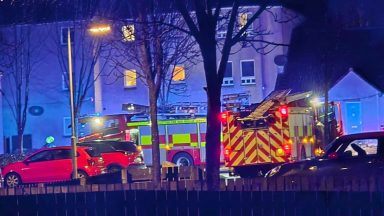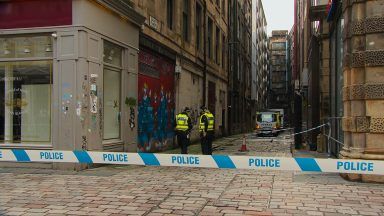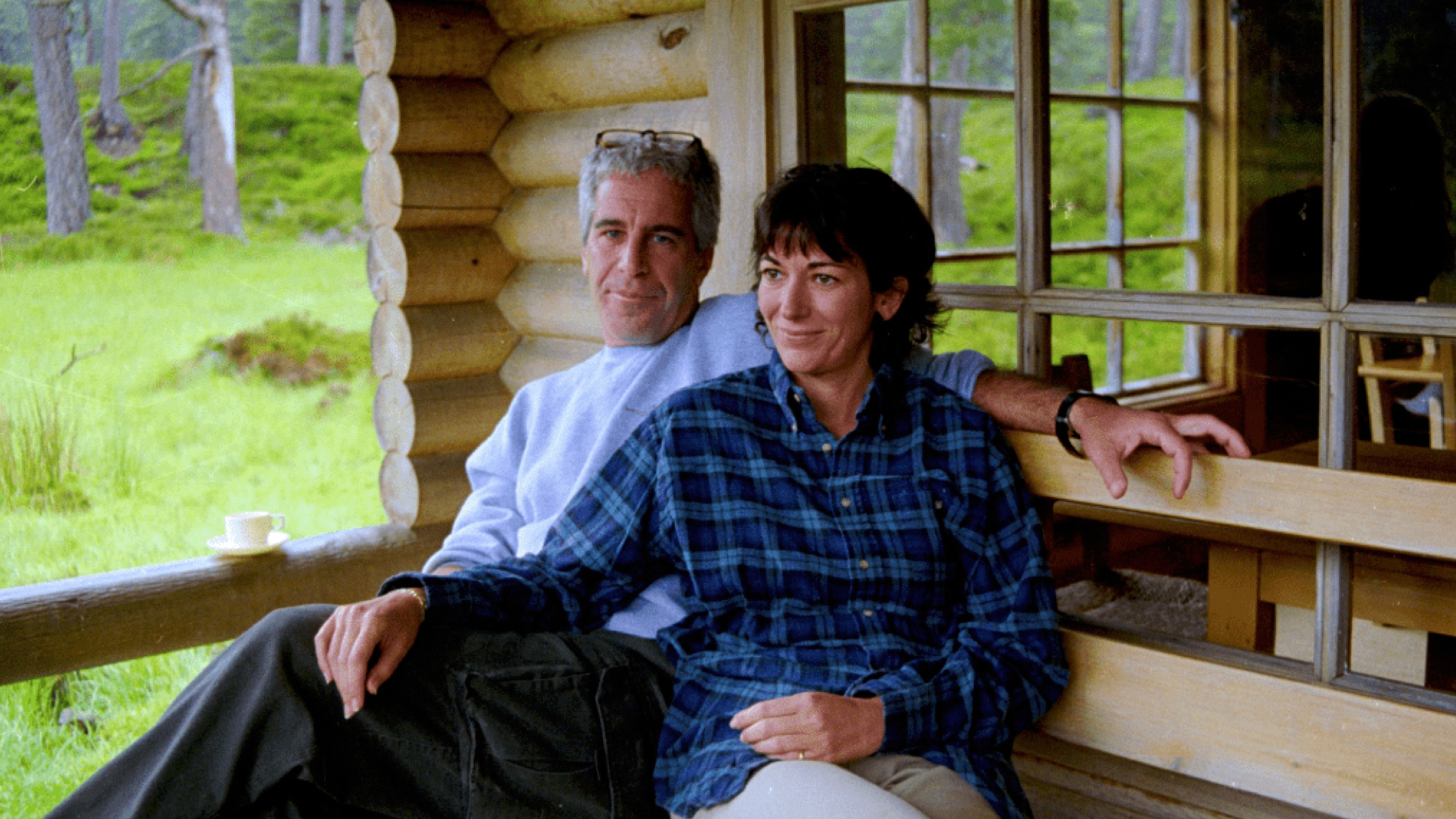Israeli prime minister Benjamin Netanyahu joined with a top political rival on Wednesday to create a wartime Cabinet overseeing the fight to avenge a weekend attack by Hamas militants.
In the sealed-off Gaza Strip ruled by Hamas, Palestinian suffering mounted as Israeli bombardment demolished neighbourhoods and the only power plant ran out of fuel.
The new Cabinet establishes a degree of unity after years of bitterly divisive politics, and comes as the Israeli military appears increasingly likely to launch a ground offensive into Gaza.
The war has already claimed at least 2,300 lives on both sides.
The Israeli government is under intense public pressure to topple Hamas after its militants stormed through a border fence on Saturday and massacred hundreds of Israelis in their homes, on the streets and at a music festival.
In a televised address on Wednesday night, Mr Netanyahu detailed atrocities that took place during the attack.
“We saw boys and girls bound, who were shot in the head. Men and women burned alive. Young women who were raped and slaughtered. Soldiers who were beheaded,” he said.
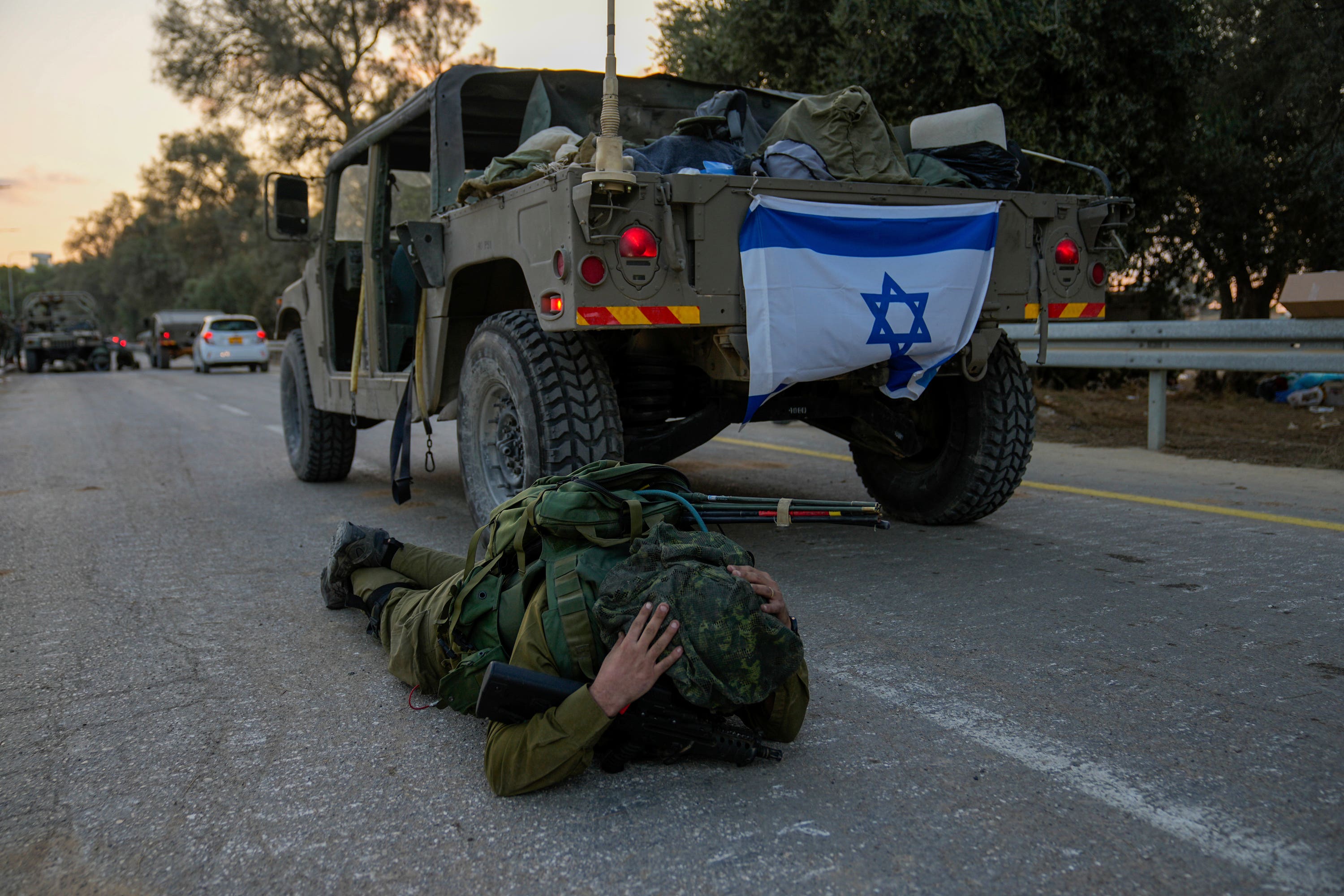 PA Media
PA MediaMilitants in Gaza are holding an estimated 150 people taken hostage from Israel — soldiers, men, women, children and older adults – and have fired thousands of rockets into the country over the past five days.
The Cabinet, which will focus only on issues of war, will be led by Mr Netanyahu, Benny Gantz — a senior opposition figure and former defence minister — and current defence minister Yoav Gallant.
A former chief of staff and another government minister were named as “observer” members.
The country’s chief opposition leader, Yair Lapid, was invited to join the Cabinet but did not immediately respond to the offer.
It appeared that the rest of Mr Netanyahu’s existing government partners, a collection of far-right and ultra-Orthodox parties, would remain in place to handle non-war issues.
Israel’s increasingly destructive airstrikes in Gaza have flattened entire city blocks and left unknown numbers of bodies beneath debris.
A ground offensive in Gaza, whose 2.3 million residents are densely packed into a tiny, coastal strip, would likely result in a surge of casualties for fighters on both sides.
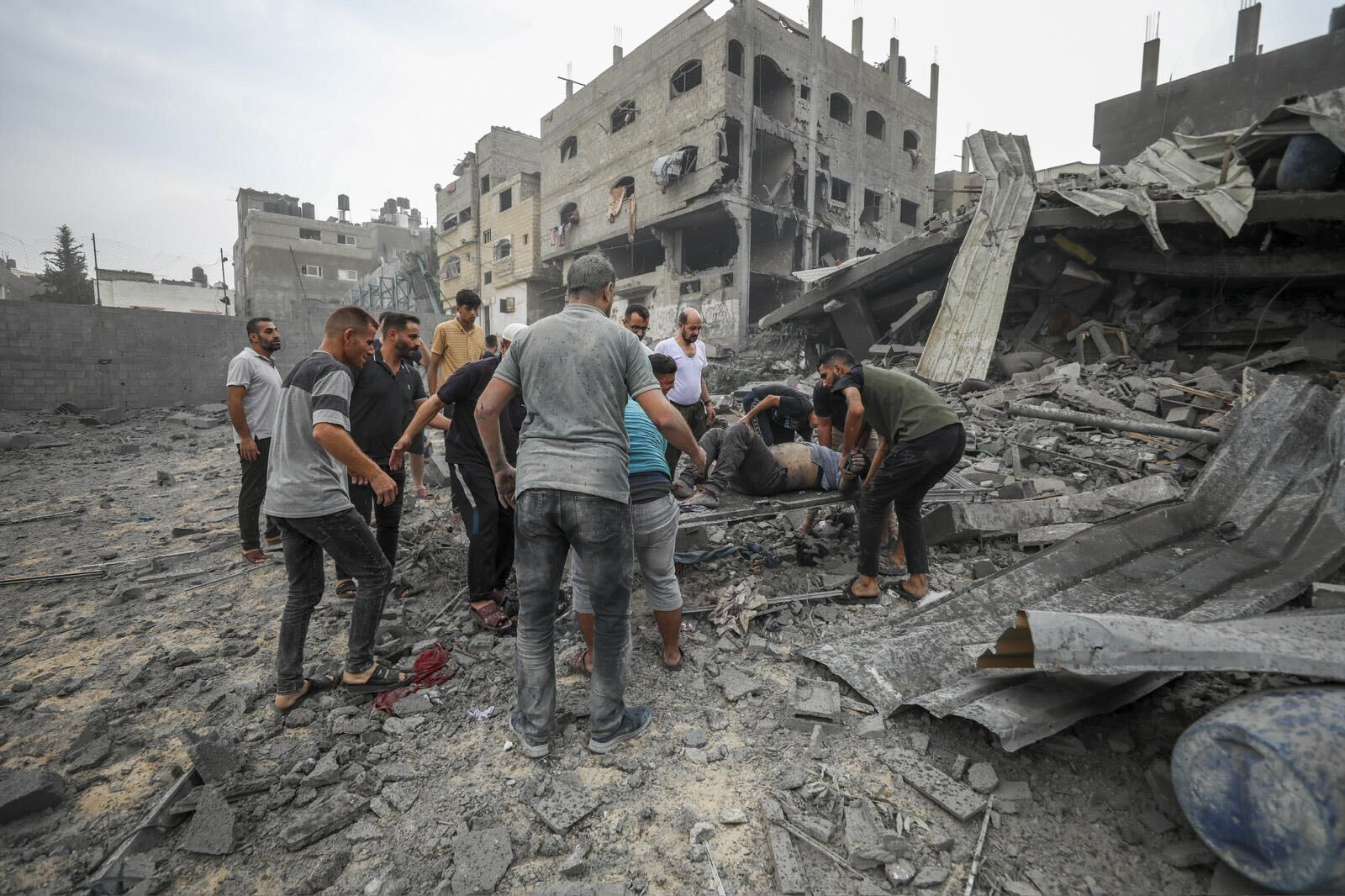 PA Media
PA MediaMilitants in Gaza have fired thousands of rockets into Israel since Saturday and their barrages continued on Wednesday, aimed at the southern town of Ashkelon.
Some 250,000 people have fled their homes in Gaza, most crowding into UN schools.
Others sought the shrinking number of safe neighbourhoods in the strip of land only 40 kilometres (25 miles) long, wedged among Israel, Egypt and the Mediterranean Sea.
After nightfall, Palestinians were plunged into pitch blackness in large parts of Gaza City and elsewhere after the territory’s only power station ran out of fuel and shut down.
Only a few lights from private generators still glowed.
On Sunday, Israel halted the entry of food, water, fuel and medicine into the territory and the sole remaining crossing from Egypt was shut down after airstrikes hit nearby on Tuesday.
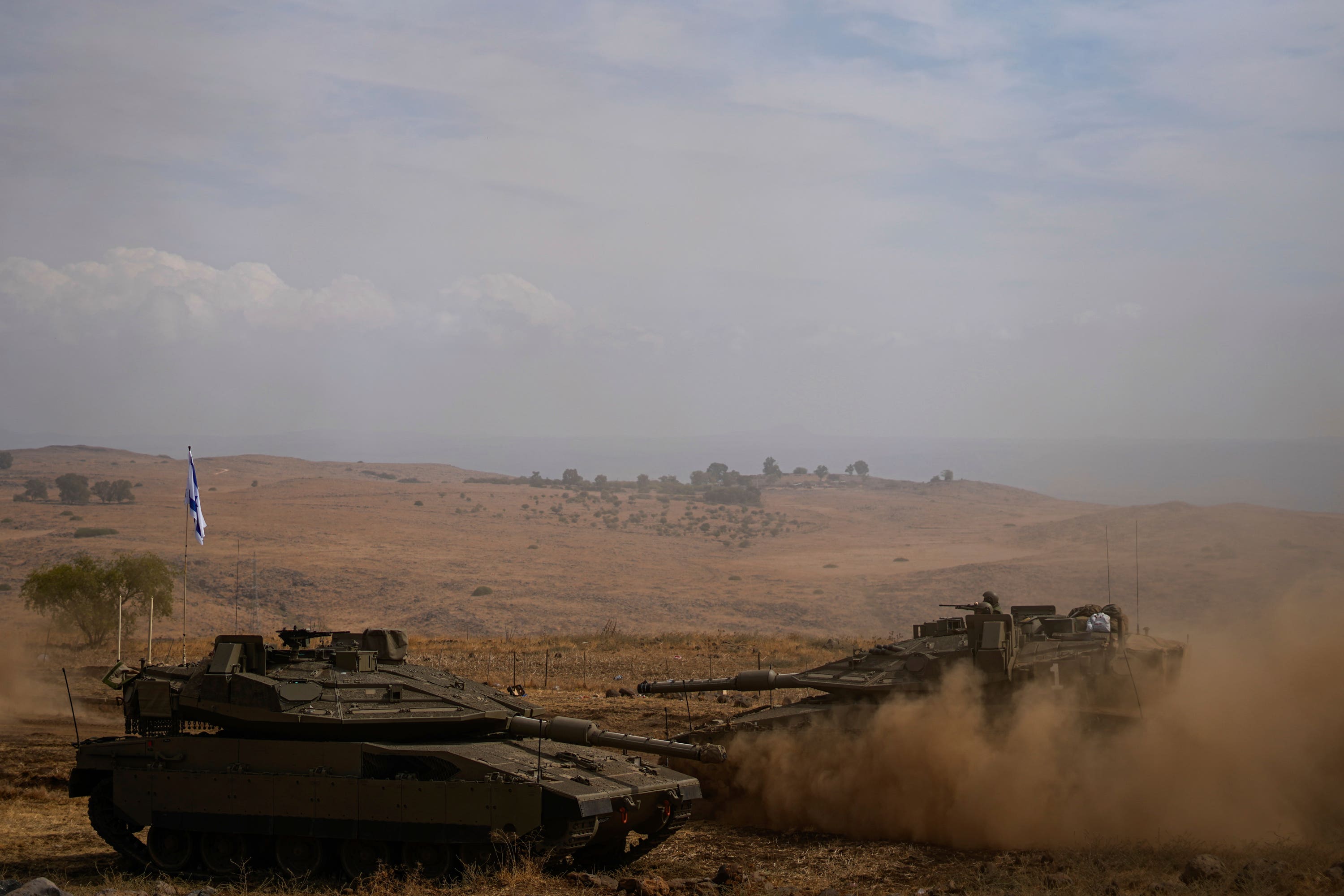 PA Media
PA MediaMatthias Kannes, a Gaza-based official for Doctors Without Borders said the strip’s biggest hospital, Al-Shifa, only has enough fuel to keep power on for three days.
The group said the two hospitals it runs in Gaza were running out of surgical equipment, antibiotics, fuel and other supplies.
“We consumed three weeks worth of emergency stock in three days,” Mr Kannes said.
Ghassan Abu Sitta, a reconstructive surgeon at al-Shifa, said he had 50 patients waiting to go to the operating room as more critical wounded are treated.
“We’re already beyond the capacity of the system to cope,” he said.
The health system “has the rest of the week before it collapses, not just because of the diesel. All supplies are running short”.
The Palestinian Red Crescent said other hospitals’ generators will run out in five days, while residential buildings, unable to store as much diesel, likely will go dark sooner.
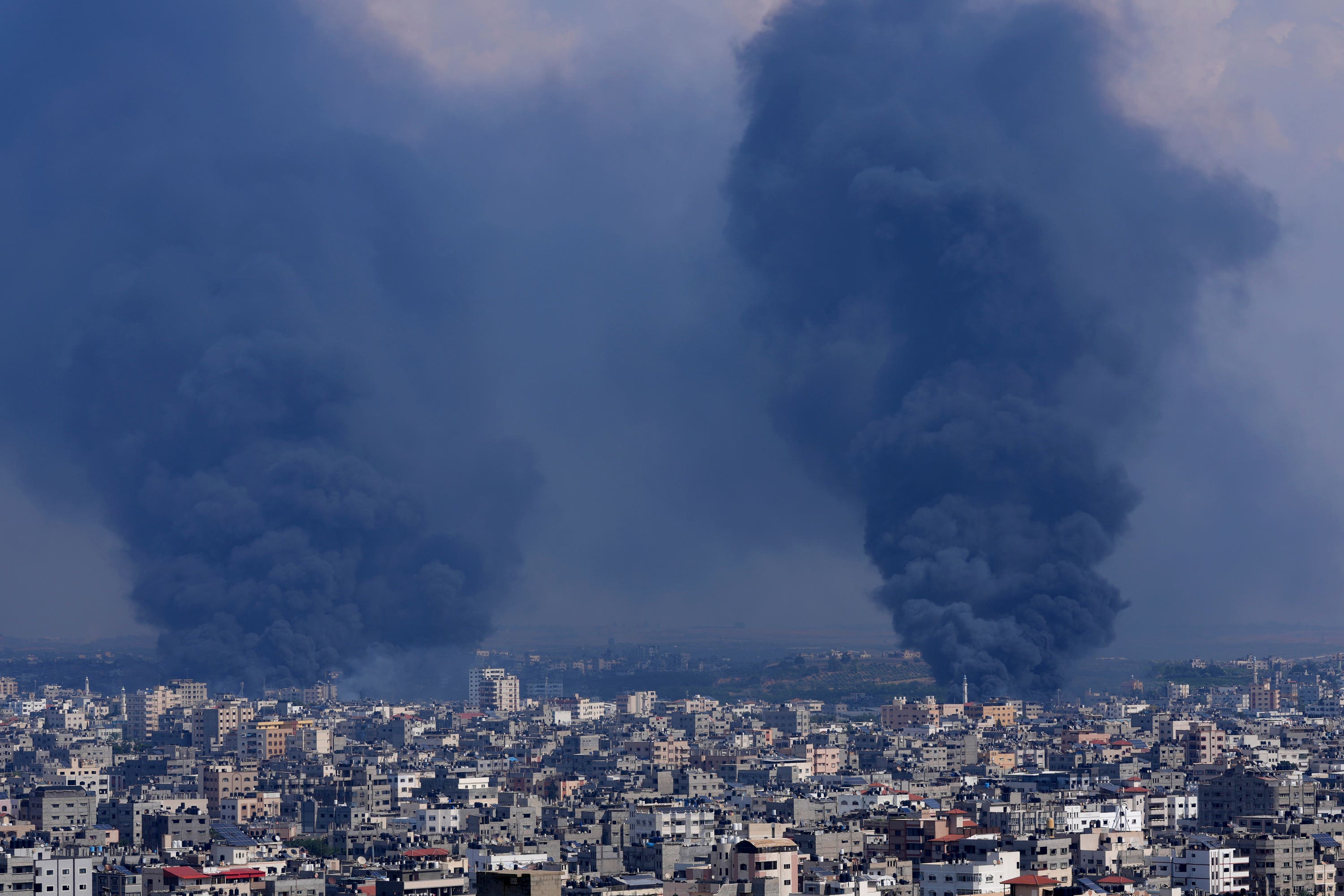 PA Media
PA MediaEgypt and international groups have been calling for humanitarian corridors to get aid into Gaza.
Convoys stood loaded with fuel and food on Wednesday on the Egyptian side of the Rafah crossing but were unable to enter Gaza, an Egyptian security official said.
In Gaza’s Jabalia refugee camp, rescue workers and civilians carried men covered with blood and soot towards ambulances after strikes toppled buildings.
Streets were left blanketed with metal, chunks of concrete and thick dust.
Medical teams and rescuers struggled to enter other areas where roads were too destroyed, including Gaza City’s al-Karama district, where a “large number” were killed or wounded, according to the Hamas-run Interior Ministry.
Strikes have killed at least four Red Crescent paramedics, the organisation said.
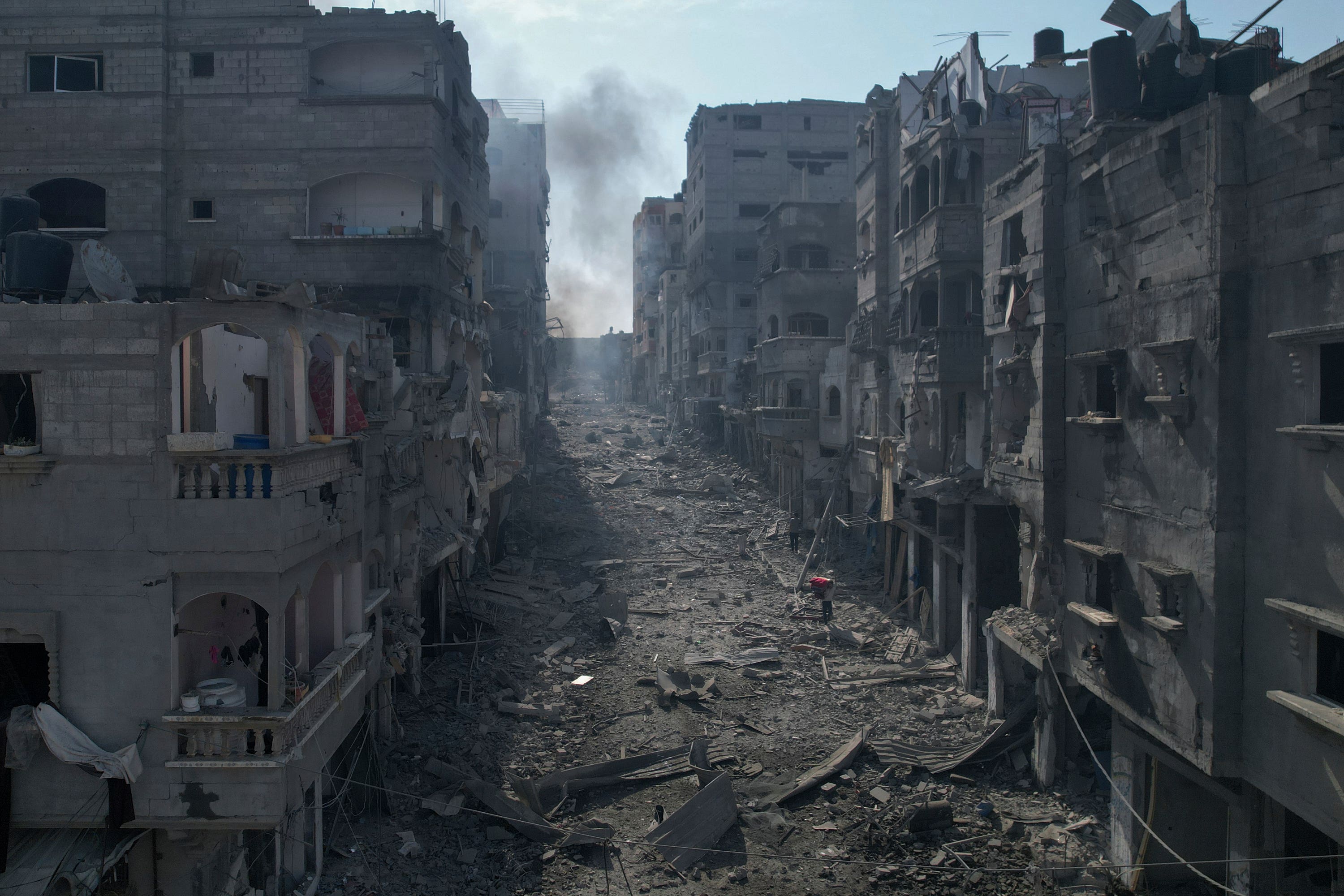 PA Media
PA MediaThe risk of the war spreading was evident on Wednesday after the Iranian-backed Lebanese militant group Hezbollah fired anti-tank missiles at an Israeli military position and claimed to have killed and wounded troops.
The Israeli military confirmed the attack but did not comment on possible casualties.
The Israeli army shelled the area in southern Lebanon where the attack was launched.
Additionally, an alert in the evening over an incursion by “hostile aircraft” from Lebanon was a false alarm, the military said.
US president Joe Biden warned other countries and armed groups against entering the war.
The United States is already rushing munitions and military equipment to Israel and has deployed a carrier strike group to the eastern Mediterranean as deterrence.
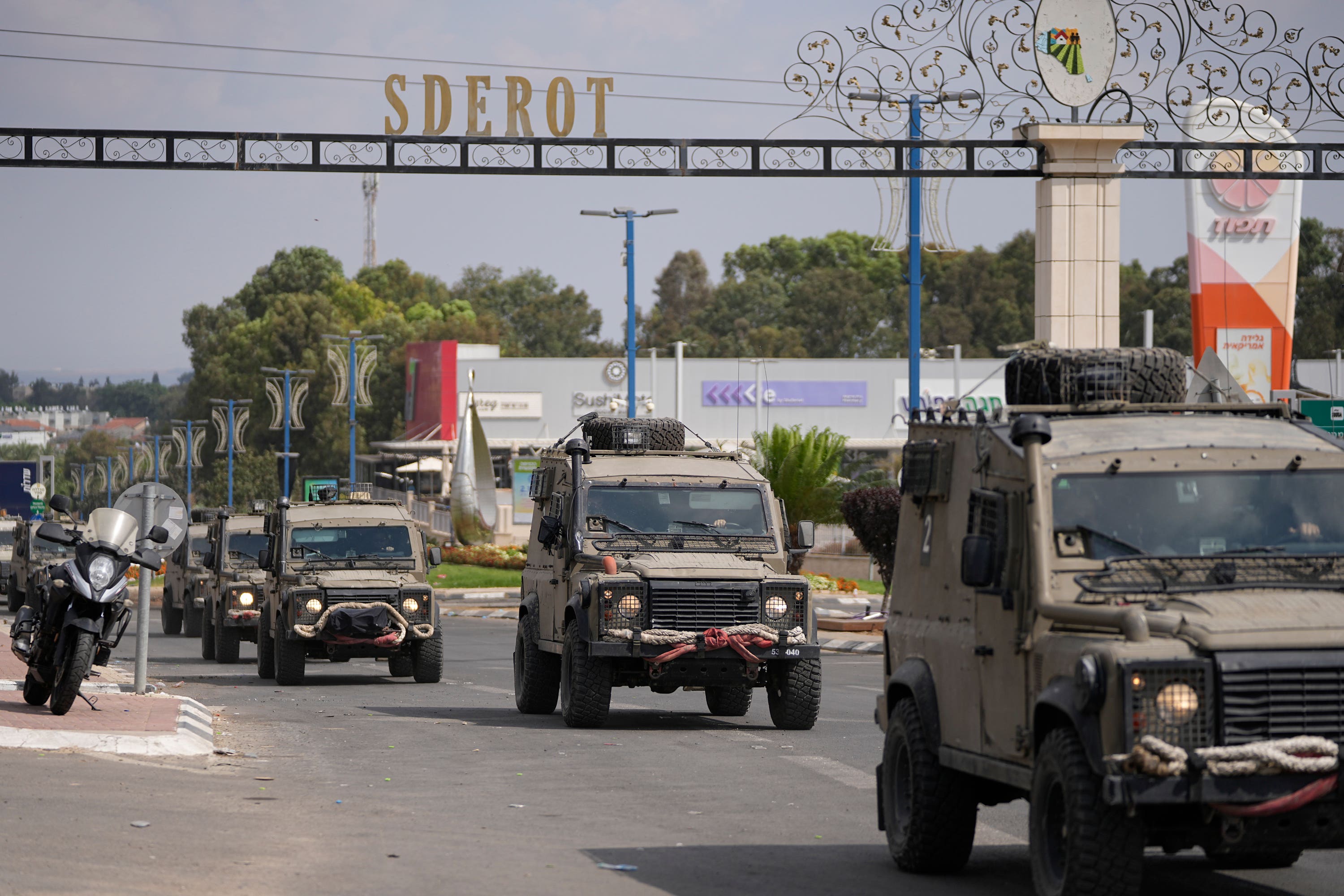 PA Media
PA MediaIn the West Bank, Israeli settlers attacked a village south of Nablus, opening fire on Palestinians and killing three, the territory’s health ministry said.
Israel has mobilised 360,000 reservists, massed additional forces near Gaza and evacuated tens of thousands of residents from nearby communities.
Toppling Hamas, which has ruled Gaza since 2007, would likely require prolonged ground fighting and reoccupying Gaza, at least temporarily.
Even then, Hamas has a long history of operating as an underground insurgency in areas controlled by Israel.
Hamas said it launched its attack on Saturday because Palestinians’ suffering had become intolerable under unending Israeli military occupation, increasing settlements in the West Bank and a 16-year-long blockade in Gaza.

Shock, grief and demands for vengeance against Hamas are running high in Israel.
Past conflicts with Hamas included heavy bombardments of Gaza but ended with the group still in power.
Mr Netanyahu said this week that Israel is committed to destroying Hamas’ military and governing capabilities.
In a new tactic, Israel is warning civilians to evacuate whole Gaza neighbourhoods, rather than just individual buildings, then levelling large swathes in waves of airstrikes.
In a meeting with soldiers near the southern border, defence minister Mr Gallant said: “We will not allow a reality in which Israeli children are murdered. I have removed every restriction — we will eliminate anyone who fights us, and use every measure at our disposal.”
Even with the evacuation warnings, Palestinians say some are unable to escape or have nowhere to go, and that entire families have been crushed under rubble.
Other times, strikes come with no warning at all, survivors say.
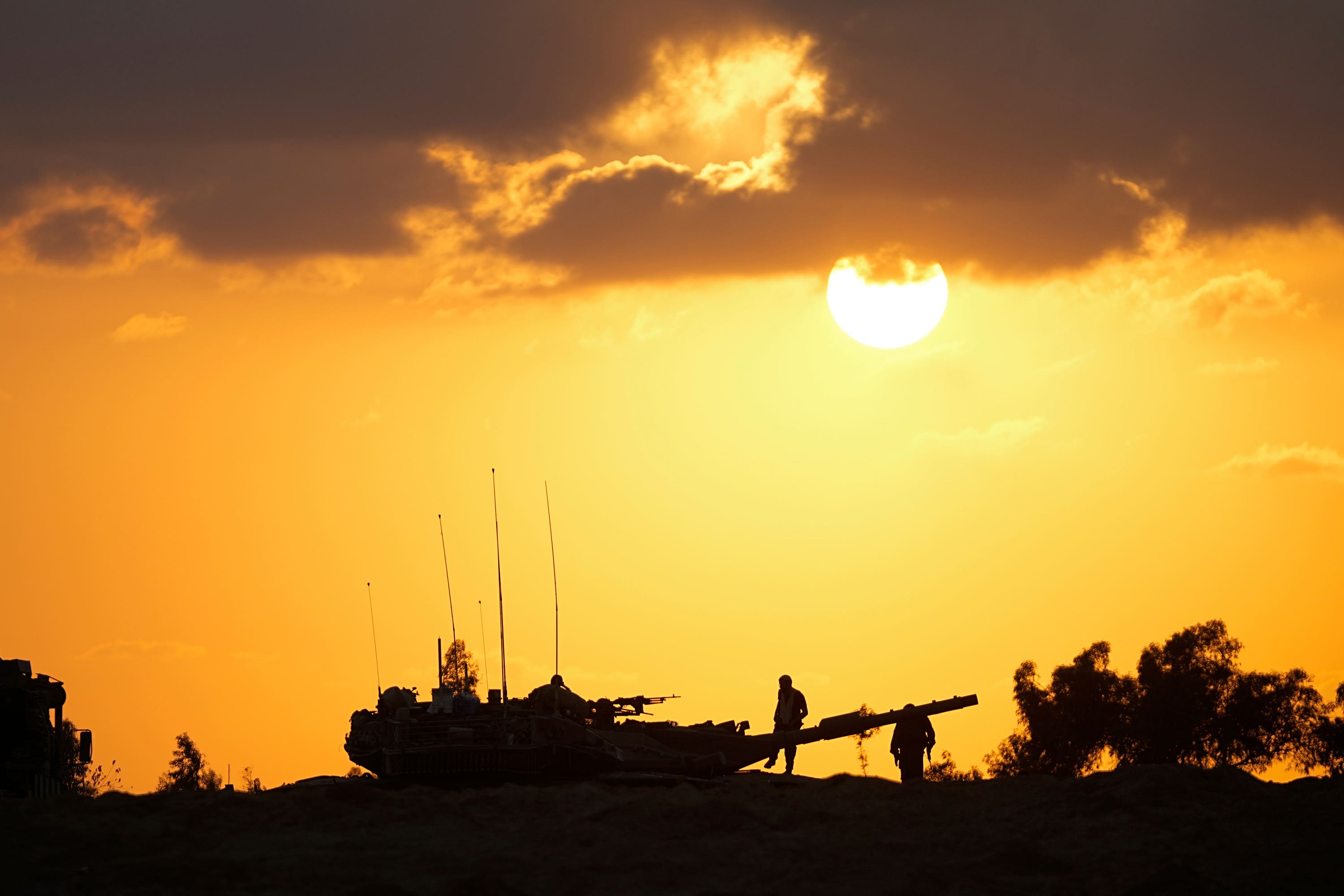 PA Media
PA MediaHashem Abu Manea, 58, who lost his 15-year-old daughter, Joanna, when a strike levelled his home in Gaza City said: “There was no warning or anything. We were sitting there as civilians, dressed like anyone else.”
Senior Hamas official Bassem Naim told The Associated Press that Israeli airstrikes in the southern town of Khan Younis struck the family house of Mohammed Deif, the so-called “shadowy” leader of Hamas’ military wing, killing his father, brother and at least two other relatives.
Deif has never been seen in public and his whereabouts are unknown.
The Israeli military said more than 1,200 people, including 189 soldiers, have been killed in Israel, a staggering toll unseen since the 1973 war with Egypt and Syria that lasted weeks.
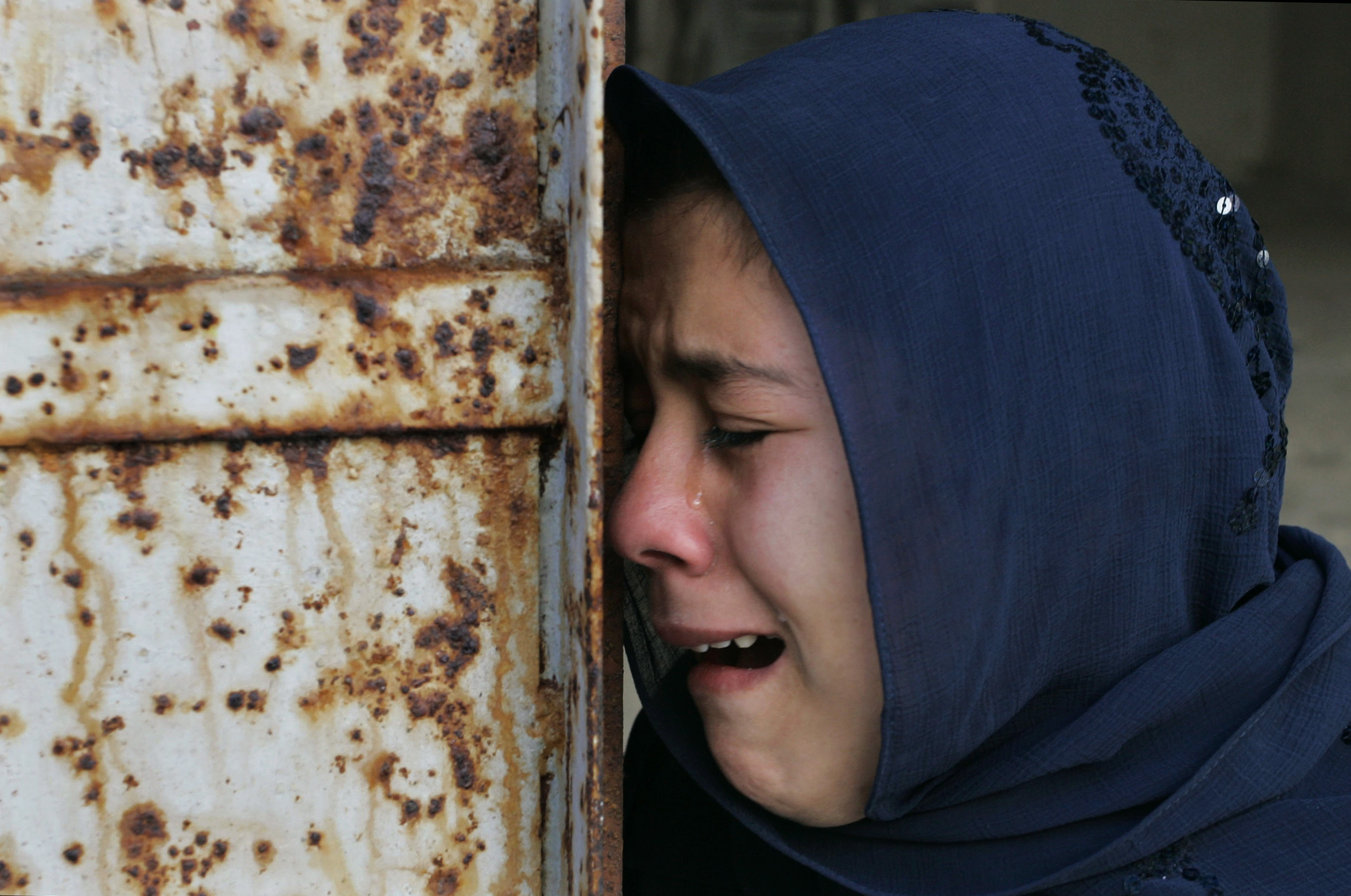 PA Media
PA MediaIn Gaza, 1,100 people have been killed, according to authorities there.
In the West Bank and east Jerusalem, at least 17 Palestinians have been killed by Israeli police during clashes.
Thousands have been wounded on both sides.
Israel says roughly 1,500 Hamas militants were killed inside Israeli territory, and that hundreds of the dead inside Gaza are Hamas members.
Follow STV News on WhatsApp
Scan the QR code on your mobile device for all the latest news from around the country


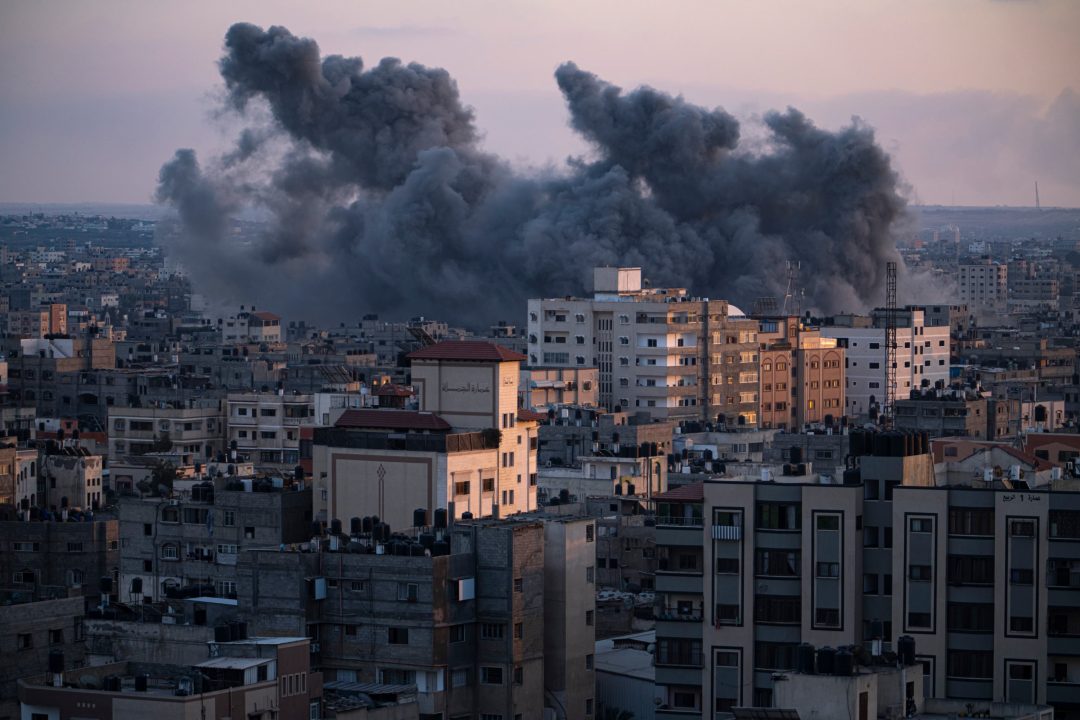 PA Media
PA Media




